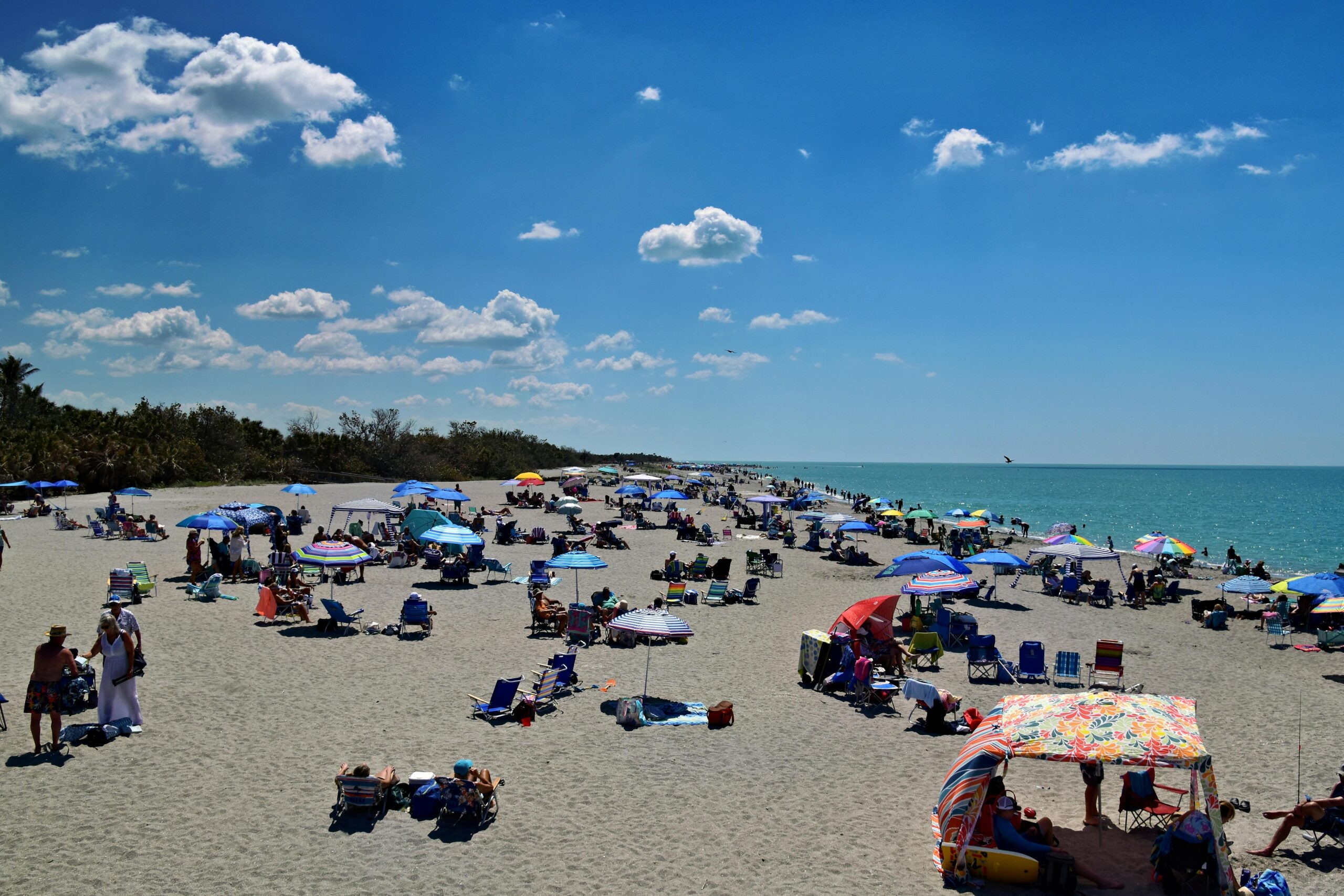Florida’s tourism engine is roaring—but two state bills, HB 1221 and HB 7033, threaten to stall its momentum. By diverting Tourist Development Tax (TDT) revenues from marketing and infrastructure into property-tax credits, and dissolving the very Tourist Development Councils (TDCs) that steward local promotion, these measures risk stripping communities of vital economic fuel. Here’s why Florida’s model works, what it stands to lose, and how other states’ missteps offer cautionary tales.

How Florida’s Tourism Model Powers Prosperity
- Tourist-Paid Funding
Visitors pay a “bed tax” on short-term accommodations, which underwrites marketing campaigns, events, and infrastructure without burdening residents. - Record-Breaking Numbers
- 142.9 million visitors spent $131 billion in Florida in 2024, generating $36.9 billion in tax revenues.
- Orange County collected $358.2 million in TDT in FY 2024.
- Broward County’s TDT rose from $64.2 million (FY 2018) to $85.9 million (FY 2024).
- Coastal counties saw $8.1 million in seasonally adjusted TDT in February 2025, up 2% year-over-year.
- Job Creation and Economic Multipliers
Tourism supports 2 million jobs statewide. On Florida’s Space Coast, it contributes $4.6 billion annually and sustains nearly 46,000 jobs. - Community Development
In smaller markets—Panhandle beach towns and rural counties—the bed tax often funds parks, beach renourishment, and community events, while a single new hotel creates dozens of jobs.
The Legislative Threat: HB 1221 and HB 7033
- Key Provisions:
- Redirect TDT revenues to property-tax credits
- Eliminate county Tourist Development Councils
- Proponents’ Rationale:
- Relieve homeowner tax burdens
- Simplify state administration
- Unintended Consequences:
- Colorado cut promotion in 1993 and saw a 30% drop in market share within two years.
- Britain’s 44% reduction in tourism promotion led to a £2 billion shortfall versus 2019 spending.
- Pennsylvania’s 2009 marketing cuts cost the state $3.60 in lost tax revenue for every dollar saved, totaling over $600 million in lost revenue from 2009 to 2014.

Why Local Oversight Matters
Tourist Development Councils (TDCs) are local boards of business and government leaders that allocate bed-tax revenue to marketing, capital projects, and workforce development. Removing them risks a one-size-fits-all state approach that overlooks unique assets—from heritage tours in St. Augustine to eco-tourism in the Keys.
Balancing Tax Relief and Tourism Growth
Alternative Solutions:
- Fund property-tax credits from general revenue, not bed taxes.
- Allow a small TDT set-aside for homeowner relief while preserving core tourism funding.
- Invest in dual-benefit projects (trails, cultural centers) that serve both residents and visitors.
By protecting tourism investment, Florida can keep attracting global visitors—while easing homeowner burdens through more targeted fiscal measures.
Conclusion
Florida’s tourism model—funded by out-of-state visitors via the Tourist Development Tax—has generated record visitation, massive economic impact, and millions of jobs with no state income tax. The proposed bills threaten to dismantle local oversight, slash marketing dollars, and stall the very engine driving growth. History’s lessons are clear: cutting tourism promotion delivers steep losses far outweighing any short-term tax relief. Now is the time to refine, not reverse, Florida’s recipe for success.

Frequently Asked Questions (FAQs)
Q1: What is the Tourist Development Tax (TDT)?
A tax on short-term accommodations that funds local tourism marketing, infrastructure, and events—paid entirely by visitors.
Q2: What do HB 1221 and HB 7033 propose?
They would redirect TDT revenue to property-tax credits and dissolve county Tourist Development Councils.
Q3: How much revenue does TDT generate?
Orange County alone saw $358.2 million in FY 2024; Broward County’s collections rose from $64.2 million (FY 2018) to $85.9 million (FY 2024).
Q4: Why are Tourist Development Councils important?
TDCs tailor spending to local strengths—festivals, sports events, eco-tourism—and ensure accountability and transparency.
Q5: What happens when tourism marketing gets cut?
Examples from other regions show visitor spending plummets, market share erodes, and overall tax revenue declines significantly.
Q6: How can Florida balance homeowner relief and tourism growth?
By exploring general-revenue funding for tax credits or limiting the percentage of TDT used for relief while preserving core marketing and infrastructure investments.
Sources Tampa Bay Times


